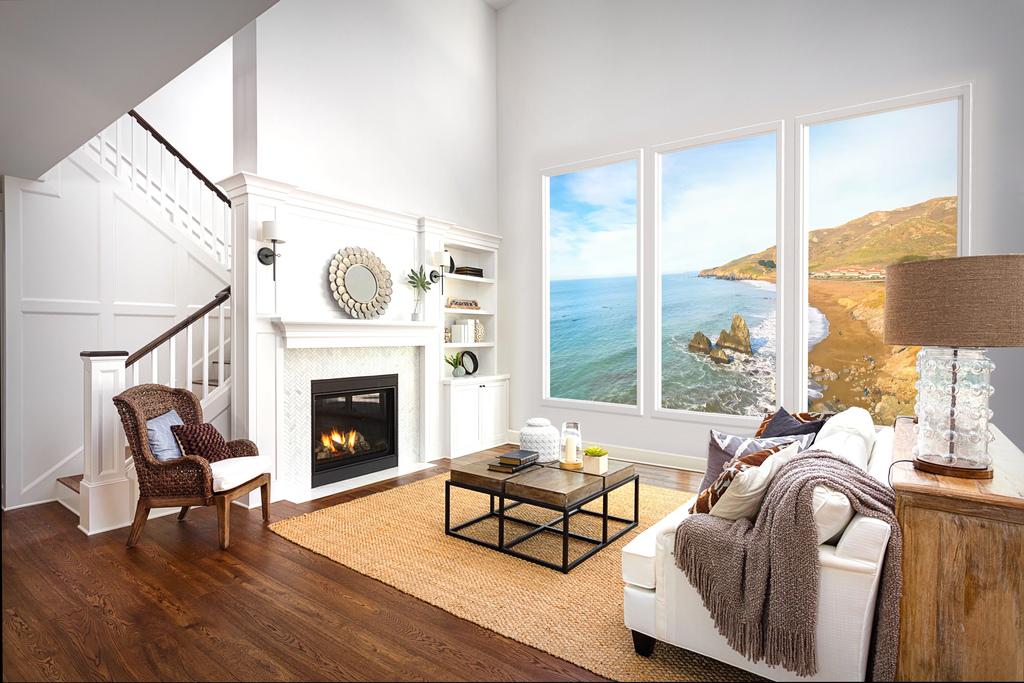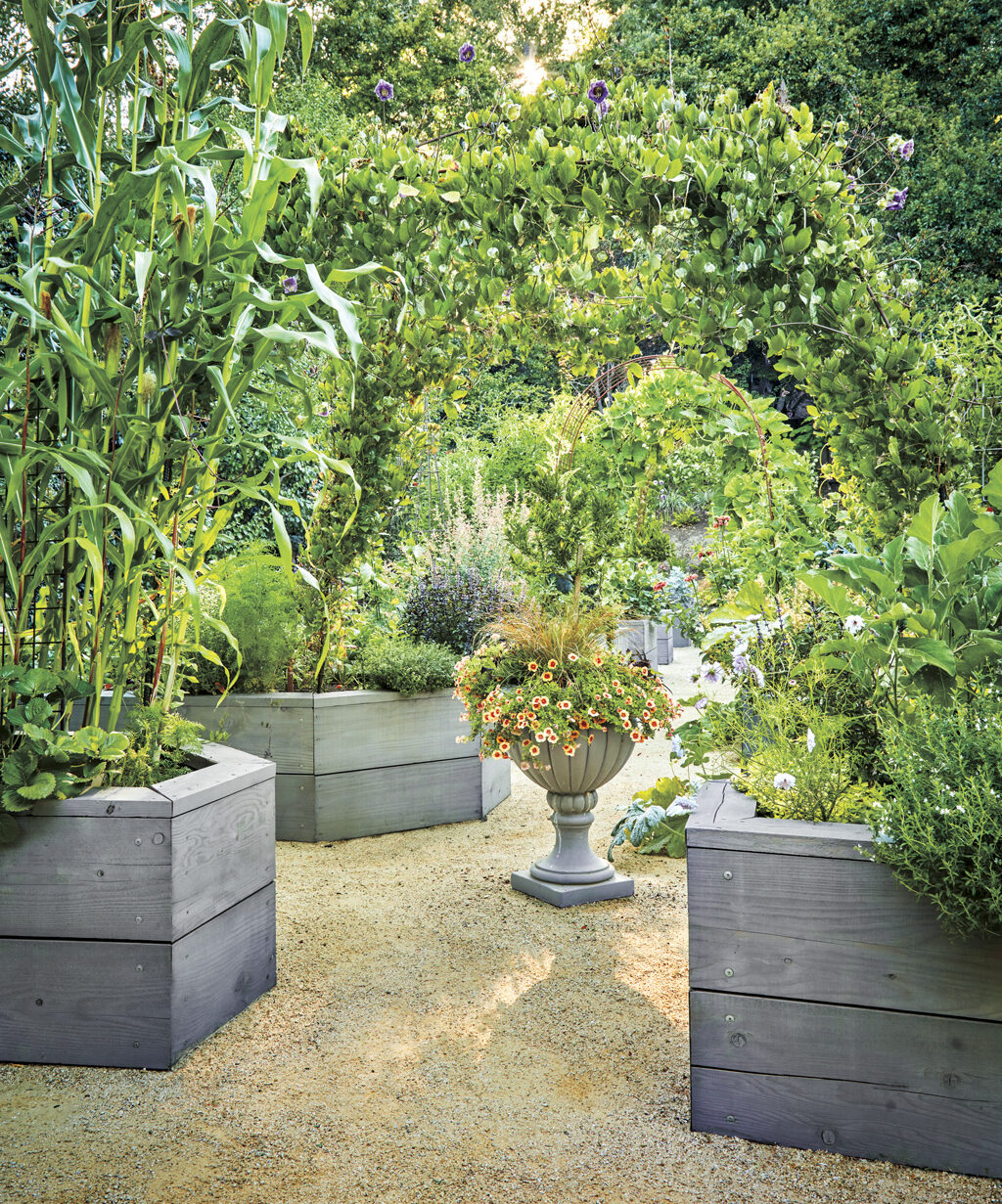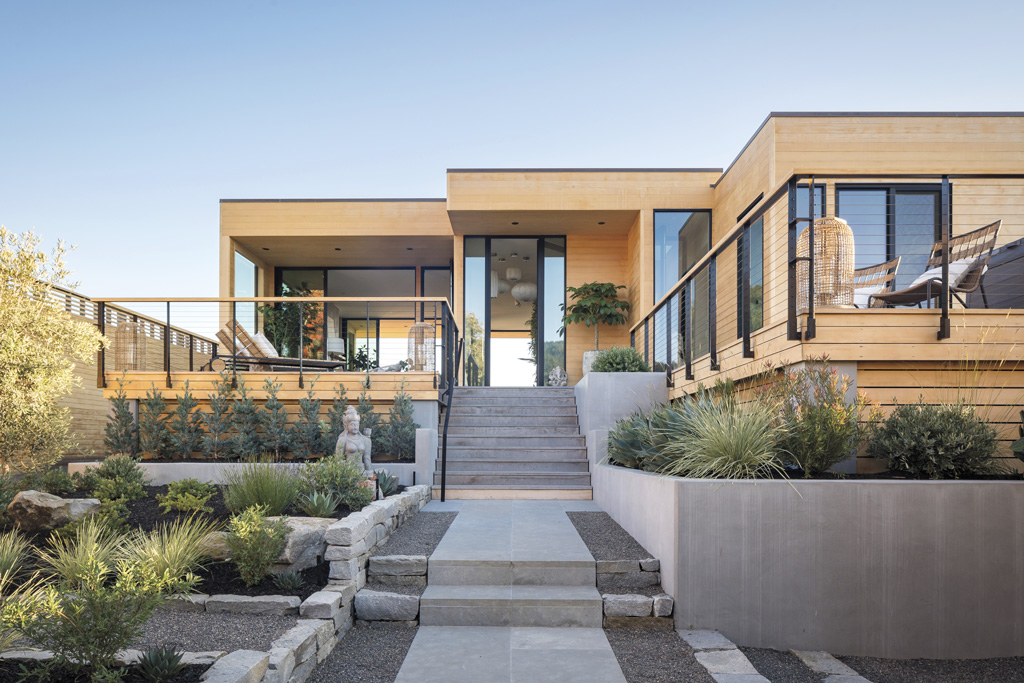It’s Saturday morning. You’re sitting at your kitchen counter, drinking coffee, staring out the window that overlooks Central Park. The sound of birds, taxis and wind blowing through the spring trees echoes softly in the air. It’s a beautiful day in Manhattan. But you’re not there. You live in Kansas City, Missouri. And although arguably a great city, it’s no Big Apple. Yet, instead of looking out to see the dry cleaners next door, you revel in a Central Park view — one people would (and do) pay millions for.
“Wouldn’t it be nice if you could transform a space into anything you want?” asks Mitch Braff, CEO of LiquidView, a new company set to give every room a view with futuristic — and realistic — virtual windows that transform any space.
A Marin native, Braff had the vision for LiquidView while working on his other company, video art provider Liquid Canvas. But his love for high-quality film goes way back — to earning a degree in film at UC Santa Barbara and having films shown at the Mill Valley Film Festival. The idea for LiquidView came while working with a lower Pacific Heights client in a previous business whose view was the side of his neighbor’s home and from Braff’s own experience living in the Mission District with no real view at all. Braff thought, “What if we could actually put a window in a wall?”
LiquidView doesn’t look or act like a TV mounted to the wall, but rather provides a fully immersive experience in idealistic locations sometimes thousands of miles away. Even incredibly filmed footage can look cheap on the wrong screen. So Braff partnered with notable global design company IDEO to create something new and innovatively organic.
LiquidView’s attempt to look, feel and sound like a genuine window on the world is no small feat. The company promises exact sunrise-to-sunset timing based on your location, no matter which scape you choose to view. Behind the scenes, this means shooting a single view for 24 hours (plus a couple of extra hours to give cushion for editing) on an 8.6K camera — think James Cameron Avatar quality. The sound for each view is recorded on site to imitate real life — edits are only made when obnoxious sounds like a diesel truck impede the ambience.
As for shooting the view over Sausalito harbor, Braff recalls the inopportune circumstances leading to incomparable footage on a beautifully clear day: “There was a bajillion birds. All of these herring come in and there are pelicans diving. You know, I grew up here. And I’ve never seen anything like this.”
The “window” is installed directly in the wall, just like a piece of glass would be. LiquidView also comes with hardware to give a realistic window appearance, molding and handles included. Owners of a LiquidView screen control the window with an app on their phones, with full capabilities to change the scene setting, adjust ambient sound volume, or turn it off and on.
Before thoughts of added screen time race through your mind, he says, take into account the possible wellness perks of having a window where never before possible — instead of a dark basement wall, why not look at the sunrise in Aspen? Braff mentions the hope of potential health benefits, noting that he is in conversations with two Stanford neurobiologists to discover how a product like this can positively impact mental well-being.
“Make people’s living environments more pleasurable. Ultimately giving people joy. That’s the goal,” Braff says. LiquidView is set to launch its consumer product with the option of a panorama or three-screen window by the end of this June. So — for now at least — keep your eyes on the current landscape, ready for whatever view may come next.










